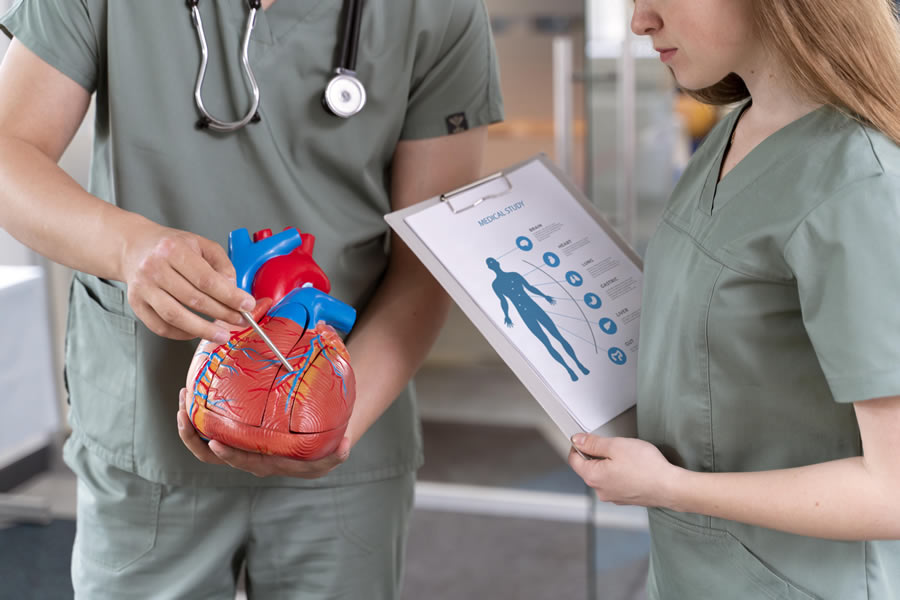Menu
- Home
- Treatments
- Our Providers
- About Us
- Patient Info
- Testimonials
- Locations
- Blog
- Financing
- Contact Us
- Home
- Treatments
- Our Providers
- About Us
- Patient Info
- Testimonials
- Locations
- Blog
- Financing
- Contact Us

An aortic aneurysm is a serious and potentially life-threatening medical condition demanding attention and decisive action. This condition is characterized by a weakened and bulging area in the wall of the aorta, the body's primary artery. However, individuals facing the specter of aortic aneurysms can find solace in the array of treatments and surgical interventions available.
National Vascular Associates is proud to have licensed physicians who deliver solutions for a variety of arterial conditions. We provide aortic aneurysm treatment as well as aortic aneurysm surgery. Call us with any questions or concerns you may have.
An aortic aneurysm is a silent predator, often asymptomatic until it reaches a critical stage. The weakened area in the aortic wall can gradually enlarge, increasing the risk of rupture – a potentially life-threatening event.
Certain factors, such as age, family history, smoking, and high blood pressure, contribute to the development of aortic aneurysms. Vigilance is crucial, and individuals with risk factors should undergo regular screenings, as early detection allows for timely intervention.

In cases where the aneurysm is small and does not exhibit immediate danger, a watchful waiting approach may be adopted. Lifestyle modifications, including blood pressure management and smoking cessation, become the foundation to mitigate further risks.
For some individuals, especially those with underlying conditions like hypertension, medications such as beta-blockers may be prescribed to lower blood pressure and reduce stress on the weakened aortic wall.
A groundbreaking advancement in aortic aneurysm treatment is the Endovascular Aneurysm Repair (EVAR) procedure. This minimally invasive technique involves the insertion of a stent graft through small incisions, reinforcing the weakened aortic wall and redirecting blood flow away from the aneurysm. EVAR offers quicker recovery times compared to traditional open surgery.
In cases where the aneurysm is large or deemed at high risk of rupture, open repair surgery may be recommended. This involves a traditional surgical approach where the weakened section of the aorta is replaced with a synthetic graft. While effective, open repair surgery typically requires a longer recovery period.
Hybrid procedures, meanwhile, combine elements of both open surgery and endovascular techniques. This approach is often employed in complex cases, providing a tailored solution based on the unique characteristics of the aneurysm and the patient's health.
The vascular physicians at National Vascular Associates address aortic aneurysms and a broad spectrum of arterial conditions.
Beyond aortic aneurysms, other arterial conditions, such as Peripheral Artery Disease (PAD), underscore the broader spectrum of vascular health concerns. PAD involves the narrowing of arteries, commonly affecting the legs, and can lead to pain, limited mobility, and increased cardiovascular risks.
Carotid Artery Disease is another and involves the narrowing of the carotid arteries in the neck, potentially leading to stroke if left untreated. Interventions, including carotid endarterectomy or angioplasty, can mitigate the risks associated with this condition.
Your journey should be marked by collaboration with healthcare providers, adherence to lifestyle modifications, and informed decision-making regarding treatment options. If you have any questions or concerns, or if you’d like to see a vascular doctor, then call National Vascular Associates.